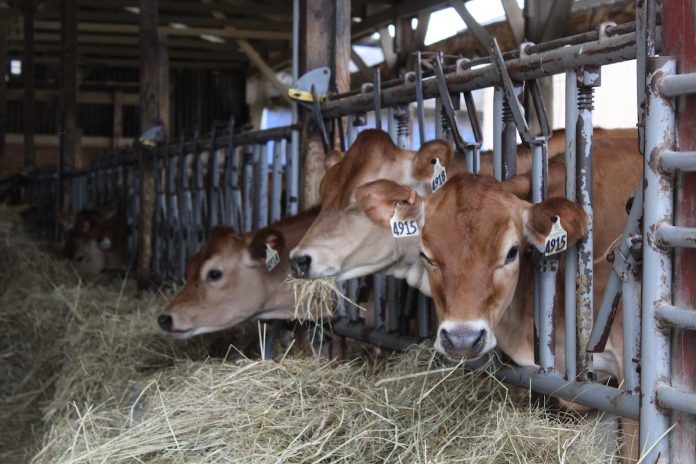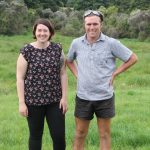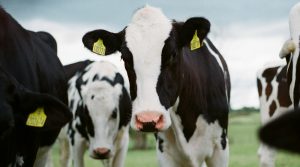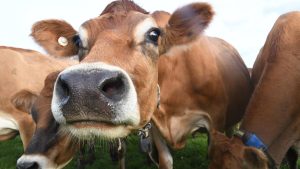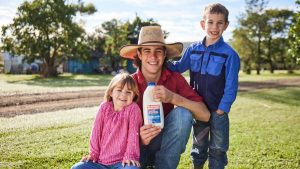
In 2019-20, Rabobank senior dairy analyst Michael Harvey said Rabobank was forecasting national milk production to decline by about three per cent.
“This takes into account a slow rebuild of the herd and the constraints facing many producers in light of high feed and water costs,” Mr Harvey said.
“While there is regional variance, with seasonal conditions reasonably favourable in Gippsland, south-western Victoria and Tasmania, the brunt of the decline in milk production is expected to occur in the Murray Irrigation District where opening water allocations are low.”
Despite seasonal challenges, Mr Harvey said “record-high opening prices are on offer across the southern export region with reported weighted average prices ranging between $6.80/kg of milk solids and $7.20/kgMS, including supplementary payments”.
The bank, he said, had slightly trimmed its Australian milk price forecast for 2019-20 to $6.65/kgMS.
“Dairy farmers in most export regions have struggled to convert improved market conditions to production growth,” the report said.
Production across the ‘Big 7’ exporters (the United States, the European Union, New Zealand, Australia, Brazil, Argentina and Uruguay) was expected to increase by just 0.4 per cent in the last quarter of 2019 and 0.8 per cent in early 2020.
Several constraints have prevented supply growth, according to the report, with a warm summer in China and northern Europe partially to blame.
But it is constraints in respective regional markets that have limited, and will continue to limit, farm-level expansions and keep the broader market firm, with the report citing factors such as rising costs of production, lower confidence, capacity constraints and environmental regulations.
On the demand side, the report said, there was a noticeable slowing of global economic activity and consumer confidence was waning.
